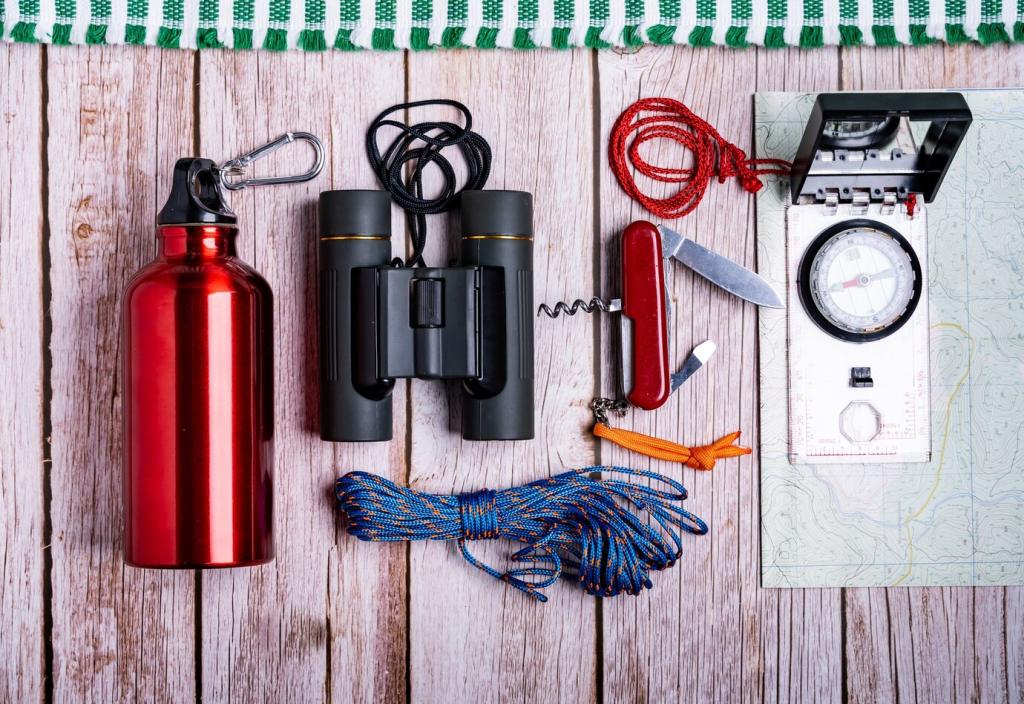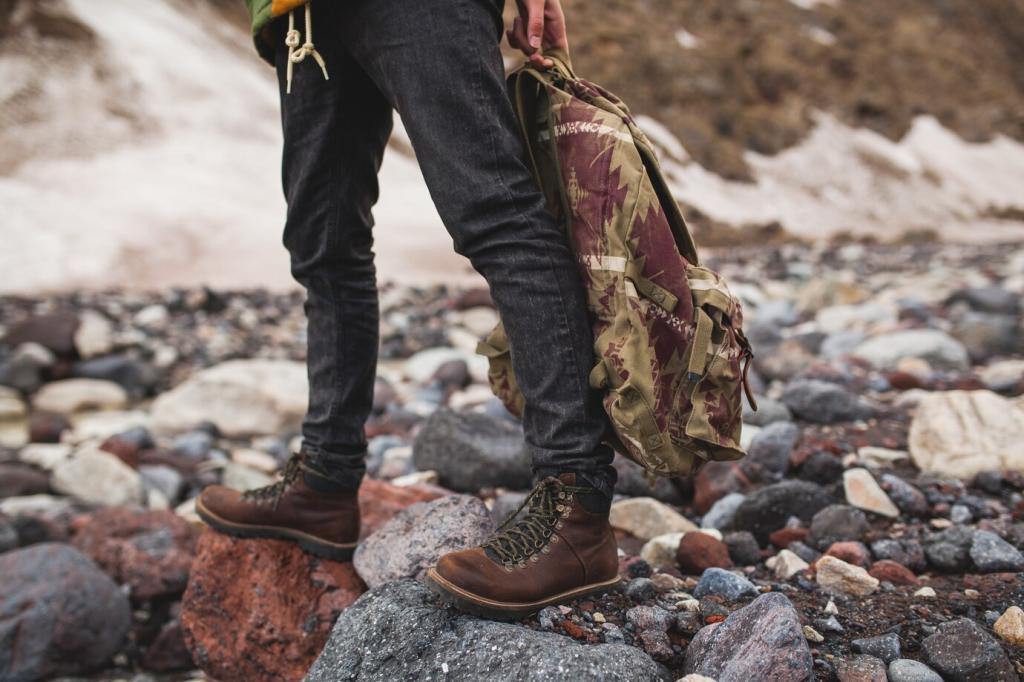All-Weather Mountain Hiking Gear: Ready For Anything
Today’s chosen theme: All-Weather Mountain Hiking Gear. Step into a world of smart layers, stormproof systems, and real trail wisdom so you can hike with confidence no matter what the forecast throws at you.


The Layering Blueprint for Every Forecast
Merino and high-performance synthetics are the silent engine of all-weather mountain hiking gear, pulling sweat off your skin before wind turns it icy. On a fog-soaked dawn approach, a light merino crew kept me warm without overheating as the climb steepened. What base layers never fail you?
The Layering Blueprint for Every Forecast
A breathable fleece or active-insulation jacket bridges the gap between shiver and sweat. When switchbacks demanded effort and a gusting ridge demanded warmth, I used a light grid fleece under a wind-resistant vest. The combo breathed on ascents yet cocooned on stops. Share your favorite midlayer pairings.
Waterproofing That Actually Works
Membranes in the Real World
GORE-TEX, eVent, and Pertex Shield promise breathable waterproofing, but field performance depends on fit, layers, and humidity. On a muggy summer thunderstorm push, a roomier shell with mesh-lined pockets vented better than a snug minimalist jacket. When did a membrane save your day—or steam it up?
DWR: The First Line of Defense
Durable Water Repellent makes raindrops bead and roll, keeping your face fabric from soaking. When that finish fails, breathability plummets. A quick wash and reproof restored my jacket before a rainy traverse, and the difference was dramatic. Got a reproofing routine? Tell us your best timing and products.
Zippers, Seams, and Storm Flaps
The zipper is the storm’s favorite door. Look for laminated or water-resistant zips, protected by a storm flap, and fully taped seams. In sleet, a high chin guard with a soft liner spared my face while drawcords locked the hem. Details matter when the clouds burst unexpectedly.
Insulation That Won’t Betray You
01
Down excels in cold, dry air and packs tiny; synthetics retain warmth when wet and dry faster. During a slushy approach, my synthetic puffy shrugged off melting flakes, then down took over for the starry, windless camp. Hybrid quivers can be lighter and safer across messy mountain conditions.
02
Highly breathable fills like Polartec Alpha let heat and moisture escape while blocking enough chill to keep you steady. On a long, sleeting traverse, I skipped constant on-off breaks because my layer kept pace with effort. Fewer stops, warmer core, faster miles—what’s your favorite active piece for storm days?
03
Hands, ears, and neck lose comfort fastest. A windproof beanie, neck gaiter, and modular glove system create warm microclimates without bulk. I rotate thin liners under waterproof shells, swapping pairs at lunch to stay dexterous for maps and buckles. Your glove strategy can save a summit bid—share it.
Boots vs Trail Runners in Storms
Waterproof boots offer ankle support and protection in mud and snow, while trail runners drain faster and dry quickly after creek crossings. In days of mixed precipitation, I paired mid boots with short gaiters and changed socks at lunch. Comfort increased dramatically. Where do you draw the line?
Lugs, Rubber, and Microspikes
Aggressive lug patterns shed mud; sticky rubber grips wet rock. When ice glazed a shaded pass, microspikes added quiet confidence without slowing pace. I stowed them in an outside pocket for fast transitions. Select traction based on terrain, not wishful thinking—what’s your go-to setup for shoulder season?
Socks, Insoles, and Blister Defense
Wool-blend socks manage moisture and warmth, while supportive insoles reduce fatigue on long, wet descents. I keep a dry pair in a zip bag for camp, treating hotspots early with tape. Small rituals prevent big pain when weather turns chaotic. Tell us your sock rotation and blister fixes.
Packs, Covers, and Storm-Smart Organization
A lightweight pack liner or roll-top dry bag beats most pack covers in wind and brush. During a hail burst, my quilt and jacket stayed bone dry in nested sacks. Redundancy pays. Put sleep and insulation deepest, emergency layers on top—how do you safeguard your critical gear?
Packs, Covers, and Storm-Smart Organization
Gloves in the hipbelt, hat in a shoulder pouch, map in a waterproof case, shell near the top. Cold hands cost time, and time costs heat. I keep a small thermos reachable for morale sips when clouds stall me. Share your fastest grab-and-go pocket layout.


Tenacious tape, seam sealer, mini needle and thread, and zipper lube solve most trail calamities. I once patched a shell cuff mid-gale under a boulder and kept moving. Small kits, big confidence. What repair items live in your ditty bag for storm-season missions?
Field Repairs and Care That Extend Gear Life
Wash technical shells with appropriate cleaners, revive DWR in the dryer or with a spray, and gently restore loft to insulation. Dirt and oils clog performance. My jackets breathe better and last longer with regular care. Want our maintenance schedule? Comment “CARE” and we’ll send the guide.
